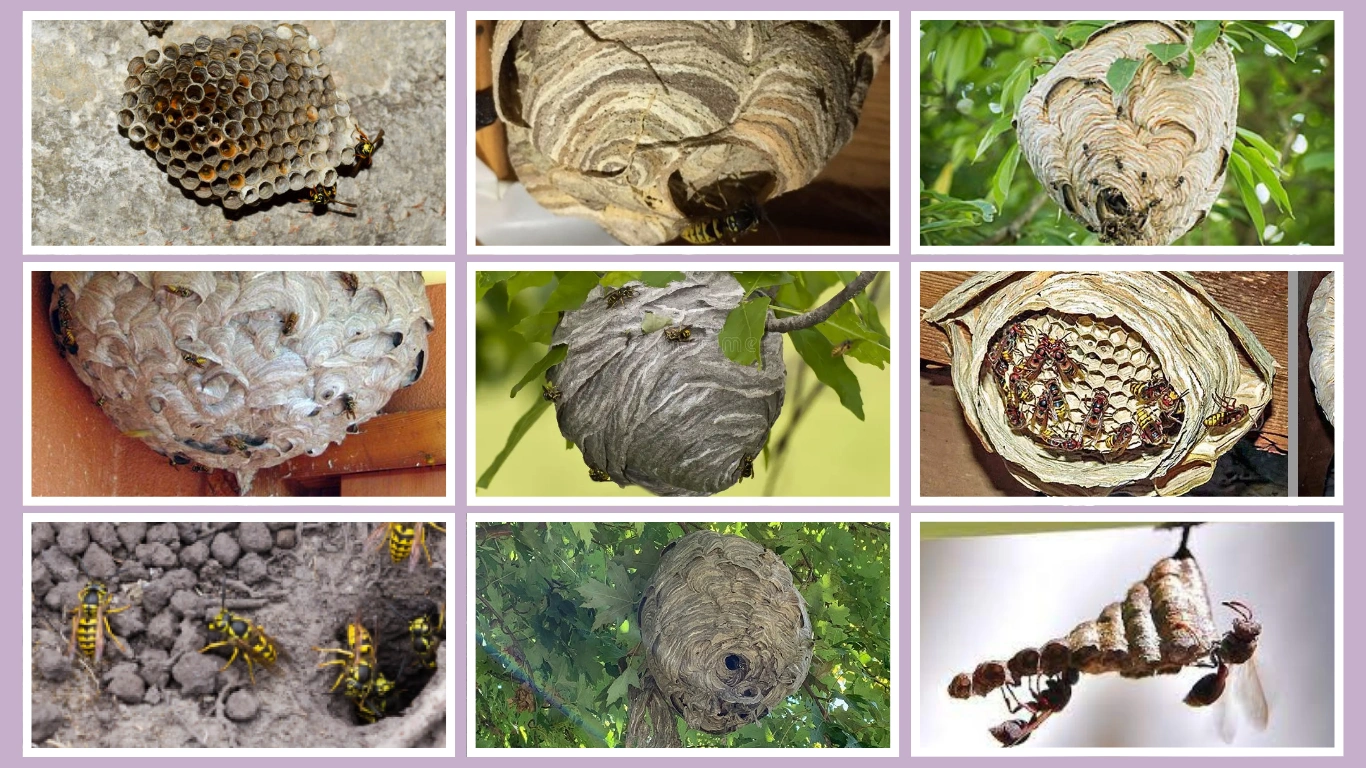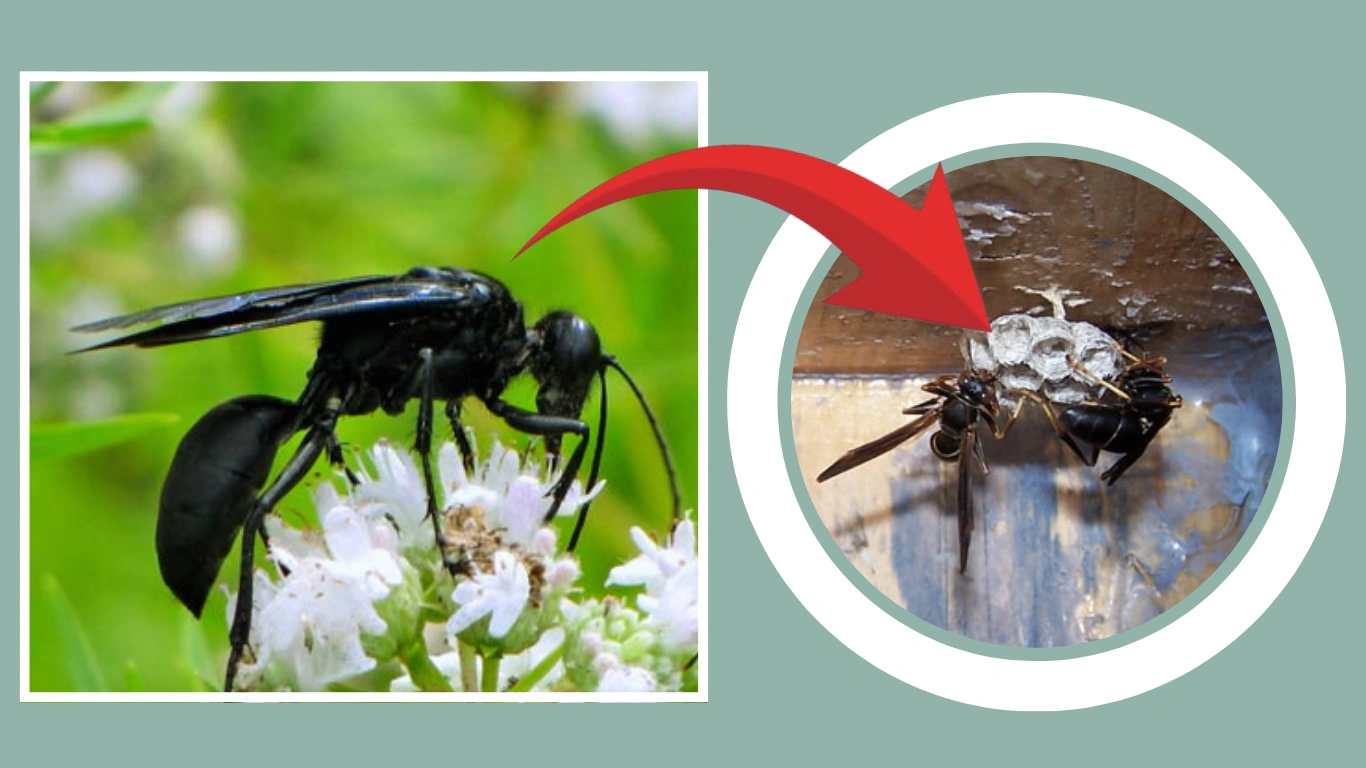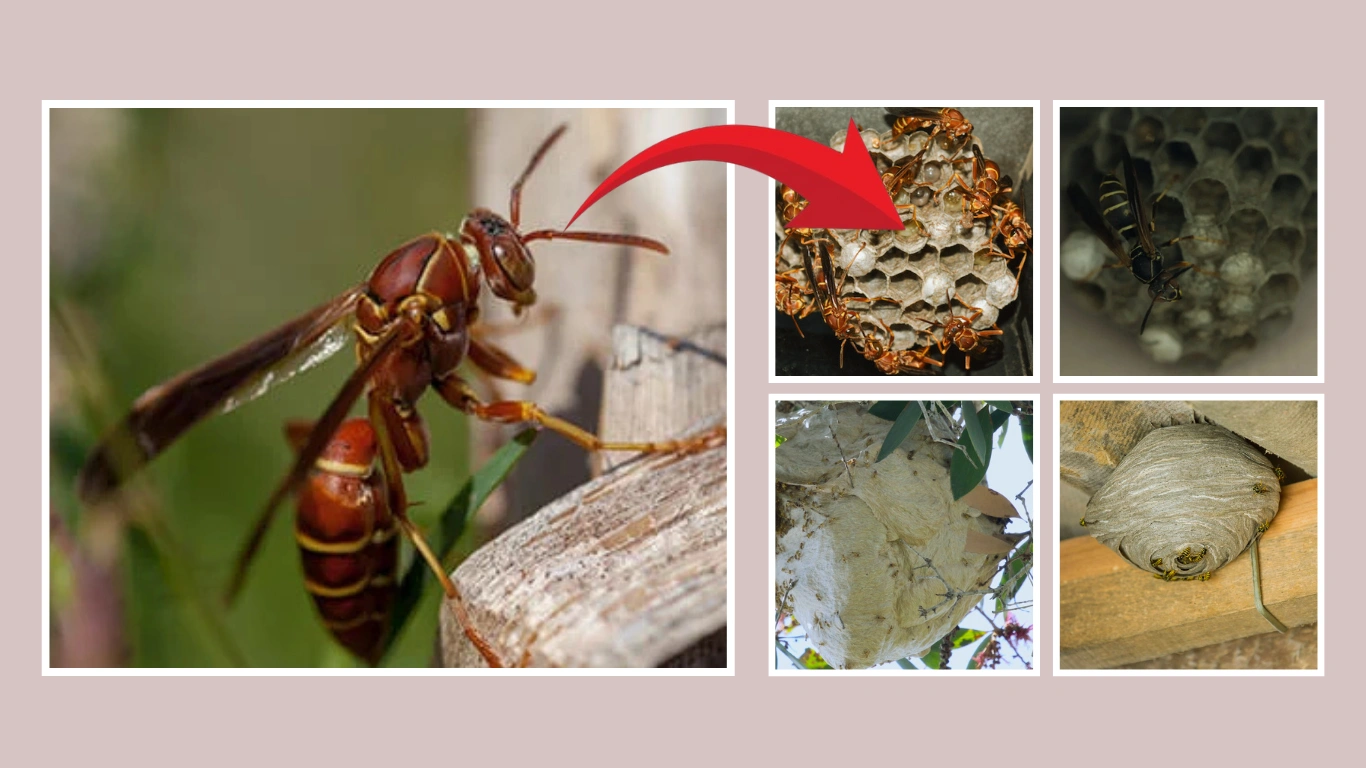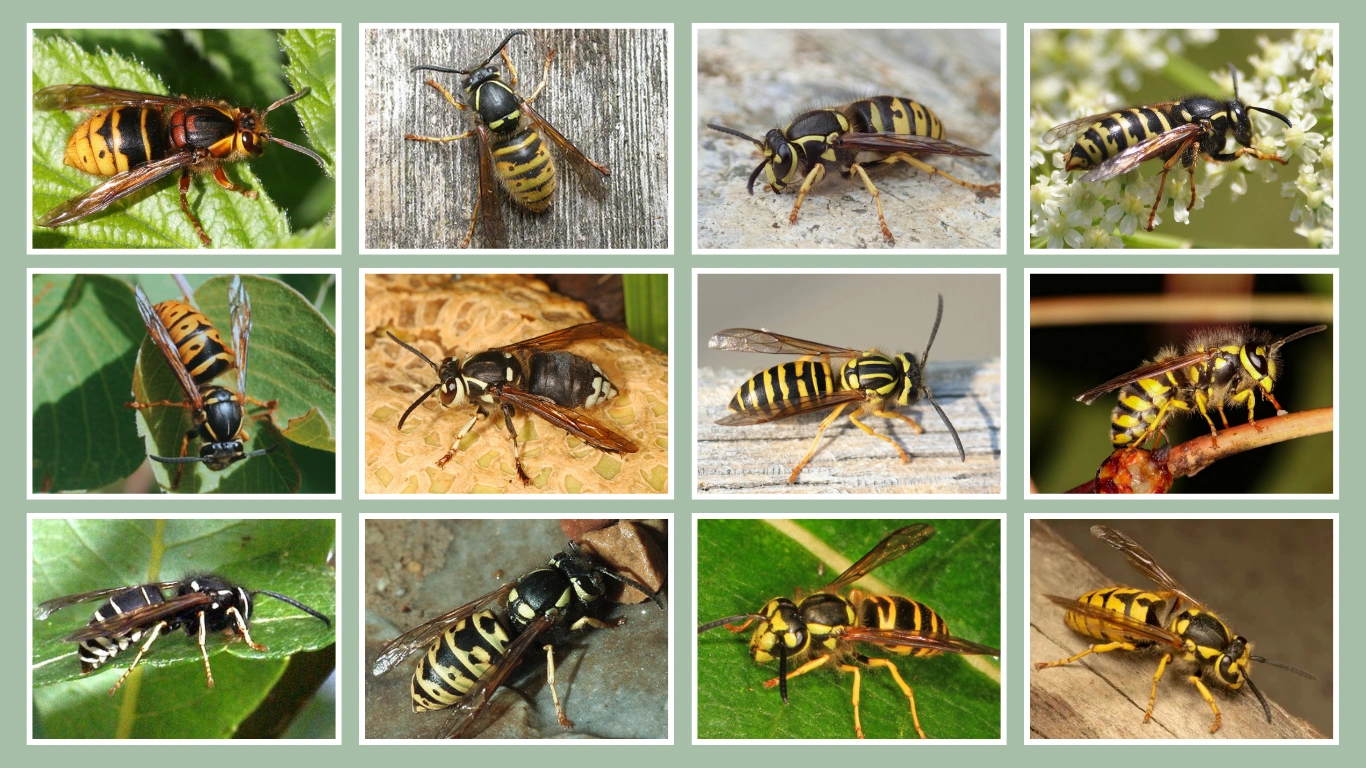When you spot a nest hanging under your porch or high up in a tree, it’s natural to wonder what kind of insect built it. Two of the most commonly confused species are paper wasps and bald-faced hornets. While their nests may appear similar to the untrained eye, there are several important differences in structure, location, size, and behavior. Knowing which nest you’re dealing with is crucial—not only for your safety but also to determine the best removal strategy. This article breaks down everything you need to know about paper wasp nests vs. bald-faced hornet nests.
What is a Paper Wasp?
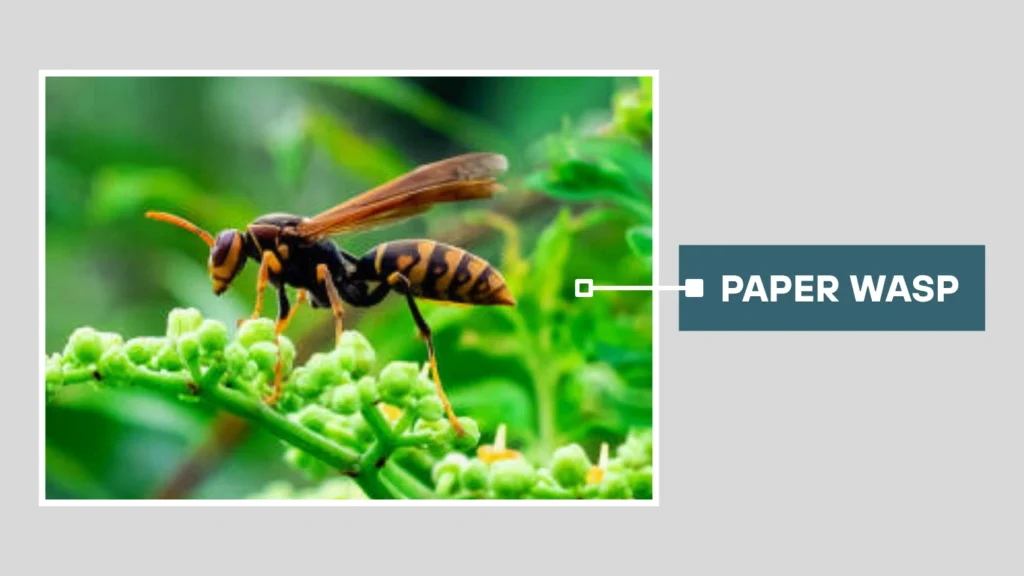
Paper wasps are slender-bodied insects with long legs and a narrow waist. They are typically brown or black with yellow, red, or orange markings, depending on the species. Paper wasps are social insects that build nests to house their colonies, which usually consist of fewer than 100 individuals.
Paper wasps are relatively non-aggressive unless their nest is disturbed. They are beneficial to gardens, as they prey on caterpillars and other soft-bodied insects. Their nesting activity increases in spring and summer.
What is a Bald-Faced Hornet?
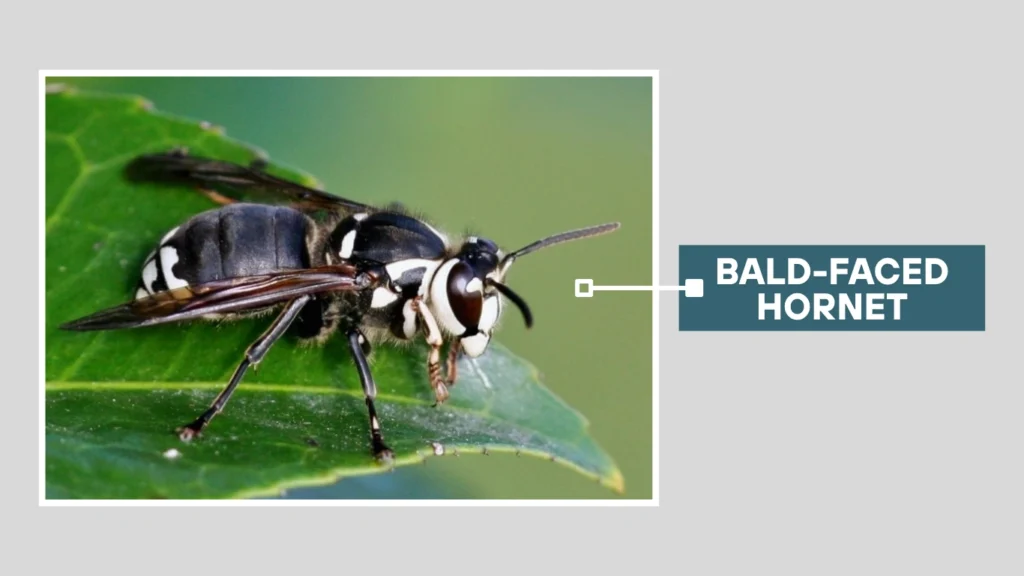
Despite the name, bald-faced hornets are technically a type of yellowjacket. They get their name from their white or pale markings on the face and thorax. These hornets are larger and stockier than paper wasps and are known for their highly aggressive nature.
Bald-faced hornets build large colonies with hundreds of individuals and will defend their nests fiercely. Their sting is painful and can cause allergic reactions in sensitive individuals. They are most active during the late spring through early fall.
Paper Wasp Nests and Bald-Faced Hornet Nests:
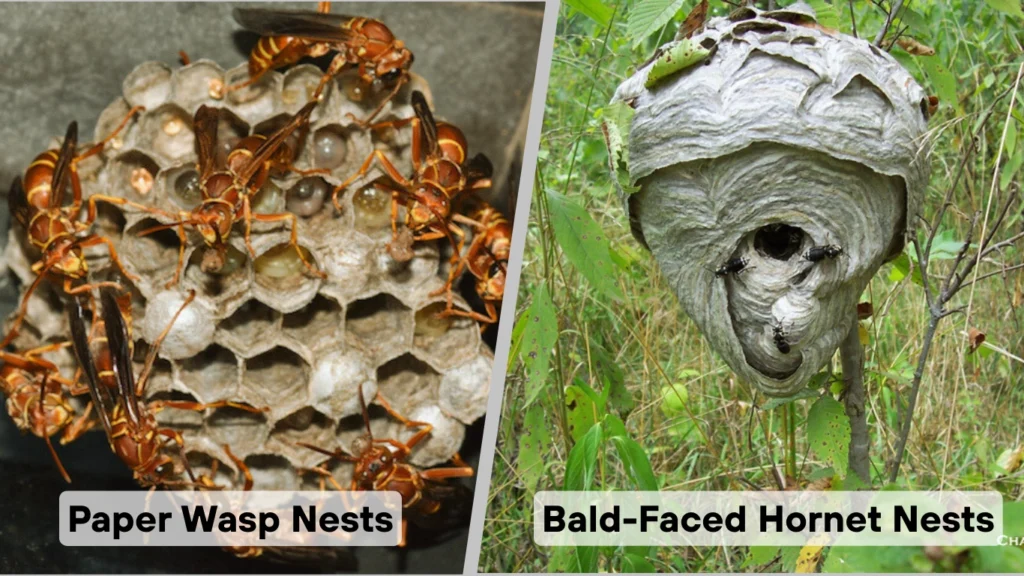
| Feature | Paper Wasp Nest | Bald-Faced Hornet Nest |
|---|---|---|
| Nest Structure | Open, umbrella-shaped with exposed combs | Fully enclosed, football-shaped |
| Material | Papery, made from chewed wood and saliva | Similar papery material but layered in multiple sheets |
| Visibility of Cells | Cells are visible from the bottom | Cells are hidden inside the shell |
| Nest Size | Small to medium (golf ball to softball size) | Medium to large (up to basketball size) |
| Nest Location | Under eaves, porch ceilings, window frames | High in trees, shrubs, utility poles, building exteriors |
| Aggressiveness | Mildly aggressive if provoked | Very aggressive and defensive of nest |
| Sting Pain | Painful but usually mild | More painful due to stronger venom |
| Colony Size | Smaller colonies (up to 100 wasps) | Large colonies (up to 400+ hornets) |
| Appearance of Adult Insects | Slender body, long legs, mostly brown/yellow | Stocky body, black with white face markings |
| Removal Difficulty | Can be removed DIY with caution | Should be removed by professionals due to risk |
Nest Appearance and Structure

Paper Wasp Nest
A paper wasp nest is relatively small and has a distinct umbrella shape. It’s composed of open hexagonal cells made from chewed wood fibers mixed with saliva, giving it a gray or brown papery appearance. The nest hangs from a short stalk (called a pedicel) and lacks an outer shell, leaving the cells exposed.
Because of this open design, you can often see the individual wasps moving around the cells. The nests are usually no bigger than a softball, although they may grow larger over time if undisturbed.
Bald-Faced Hornet Nest
In contrast, a bald-faced hornet nest is enclosed in a thick, football-shaped shell. The surface appears smooth but is actually made up of overlapping layers of paper-like material, giving it a textured look. These nests can be quite large—sometimes reaching the size of a basketball.
The hornets build their nests in high, concealed areas like tree branches, shrubs, utility poles, or even under roof overhangs. You won’t see the comb or cells from the outside since the entire nest is encased.
Location and Nesting Behavior
Paper Wasp Nesting Sites
Paper wasps prefer sheltered spots close to human structures. You might find their nests:
- Under roof eaves
- On porch ceilings
- Inside sheds and garages
- Under deck railings
- Around light fixtures or window frames
Their choice of nesting sites often brings them into contact with people, though they’re less likely to attack unless you get too close.
Bald-Faced Hornet Nesting Sites
Bald-faced hornets prefer to build their nests in higher, more secluded areas. Common locations include:
- Tree limbs and shrubs
- Building corners and attics
- Utility poles and sheds
- High under eaves and gutters
Because these nests are larger and the hornets more aggressive, it’s important to keep your distance if you spot one.
Aggression and Danger Level
Paper Wasps
Paper wasps are generally considered less aggressive than hornets. They will usually only sting if they feel their nest is threatened or if you make sudden movements near them. Their colonies are smaller, which also reduces the likelihood of mass stings.
Their sting is painful but not as intense as a hornet’s. For most people, it results in a mild reaction with temporary swelling and redness.
Bald-Faced Hornets
Bald-faced hornets are much more defensive. If they perceive you as a threat, even from several feet away, they may attack without warning. They can sting repeatedly and release a pheromone that signals other hornets to join the defense.
Their venom is more potent than that of paper wasps, and stings often cause more swelling and discomfort. For individuals with allergies, a sting from a bald-faced hornet can be dangerous and may require immediate medical attention.
What to Do If You Find a Nest
Safety Precautions
When you come across a wasp or hornet nest, resist the urge to swat at it or spray it immediately. First, observe from a safe distance. Try to identify the structure of the nest and the type of insect flying in and out.
If the nest is in a high-traffic area or poses a threat to children, pets, or allergic individuals, it should be removed—but always proceed cautiously.
DIY vs. Professional Removal
Paper wasp nests can often be removed by homeowners, especially when the nest is still small. Wear protective clothing, use a long-range wasp spray at dawn or dusk when the wasps are less active, and stand upwind during the application. Once all wasps are dead, the nest can be scraped down and discarded.
Bald-faced hornet nests, however, are a different matter. Because of their size and the hornets’ aggressive nature, it is strongly recommended to call a pest control professional. Attempting to remove a large, active hornet nest without proper equipment is extremely risky.
Prevention Tips
The best way to deal with wasp and hornet nests is to prevent them in the first place.
- Seal Entry Points: Check your home’s exterior for gaps, cracks, and holes where wasps could enter or begin building.
- Use Repellents: Peppermint oil, vinegar sprays, or commercial deterrents can keep wasps away from common nesting areas.
- Hang Decoy Nests: Some wasps avoid nesting near other colonies. Hanging fake nests in early spring can deter new ones from forming.
- Regular Inspection: During the spring and early summer, inspect your property weekly. Removing small starter nests is far easier and safer than dealing with large, established ones.
FAQs
Can a paper wasp nest turn into a hornet nest?
No. Paper wasps and bald-faced hornets are different species. One cannot transform into the other. Each species builds its own distinct type of nest.
Are bald-faced hornets active at night?
They are mostly active during the day. However, they may respond aggressively to lights or movement around their nest at night.
What happens if I knock down a paper wasp nest?
If the nest is active, the wasps may attack in defense. It’s safer to spray the nest first and wait for the wasps to die before removing it.
How long do paper wasp and hornet colonies last?
Both species usually die off in late fall. The queen leaves the nest to overwinter, and the old nest is not reused the following year.
Are either species beneficial to the environment?
Yes. Paper wasps are particularly beneficial because they feed on garden pests. Bald-faced hornets also prey on other insects and contribute to ecological balance, although their aggressive behavior makes them less desirable near homes.

